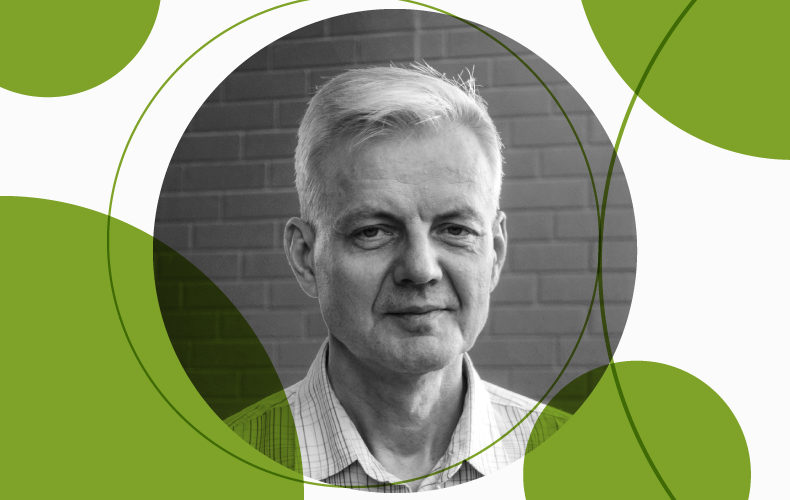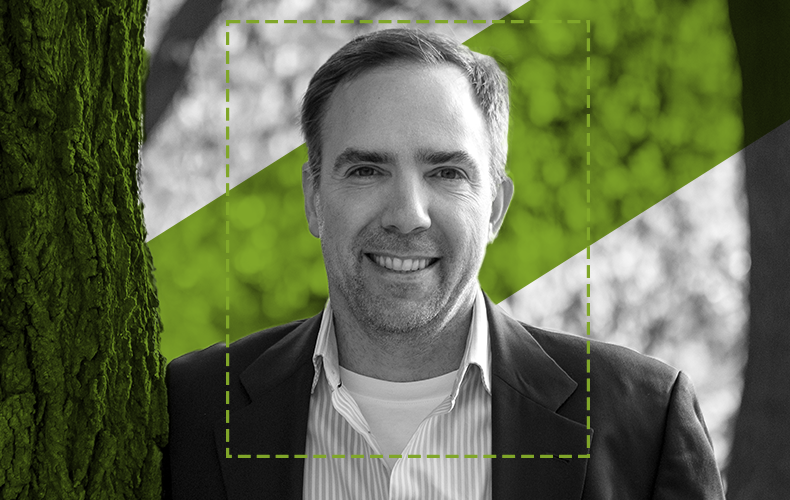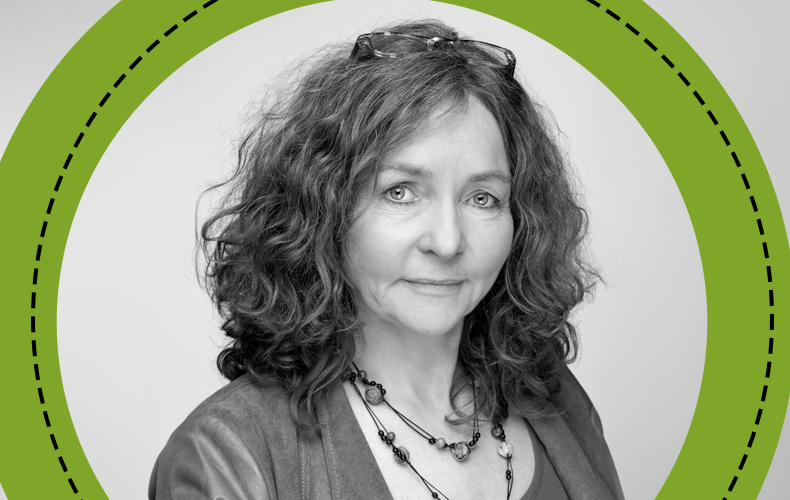19 October 2021 – Peep Palumaa is interested in metalloproteins. “We study the structural and functional aspects of proteins which associate with copper and zinc ions, to understand how they obtain and transport metals,” he explains. “Metal metabolites in the cell, and the disturbances associated with them, are known factors in degenerative diseases such as Alzheimer’s and Wilson’s disease,” he adds. “A better understanding of how metalloproteins transport ions and interact with enzymes could lead to new therapies for these devastating diseases.”
Palumaa is Professor of Proteomics at the Tallinn University of Technology, or “TalTech” for short. “With the exception of medicine and humanitarian disciplines, the majority of specialities is represented here – engineering, sciences, business – but with a strong technological focus,” Palumaa says. Interdisciplinary work is encouraged to spark innovation, a mindset found across the Estonian society and research community. “Estonians are innovative and like to find digital or e-solutions,” says Palumaa. “Fields like bioinformatics are doing well in Estonia. For this type of research, you don’t need much large-scale infrastructure – the data facilities don’t have to be in the same place, or even in the country. Expertise and intellectual contribution are what is important”.
While funding in Estonia is still modest, Palumaa is optimistic for the future of Estonian science. “Remember, we are still quite a young country and have had to build a scientific system almost from scratch. Estonia has no natural resources, so it is understood that the only way to grow our economy is through scientific innovations. The funding situation for research and higher education is now improving and that is a good feeling.”
With only around 5,000 researchers, the scientific community in Estonia is small. “Everyone almost knows everyone else!” Palumaa says. “But it means that collaborations can easily be set up.” Estonian researchers are also actively looking beyond the borders to build international collaborations and apply for funding from sources such as the EU and EMBO. Palumaa himself has been an EMBO Member since 2011 and is keen to disseminate information about EMBO funding opportunities to his fellow Estonian scientists. “EMBO offers several very valuable fellowships and grants,” he says. “For example, many scientists want to return to Estonia after having been abroad to raise their families here. The EMBO Installation Grants can be a real help to get them started. I try to make sure that people are aware of these options,” he explains.



